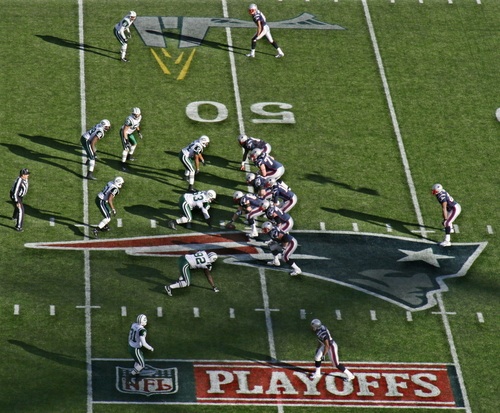Carl Mayer is a Jets fan — a season ticket holder who drives from his Princeton, N.J. home to Giants Stadium to watch the gridiron action each season. Mayer was rightfully upset when, during the Jets’ 2007 home opener, the New England Patriots were caught videotaping his team’s signals. So the Jets fan, who works as a lawyer, decided to take action — he sued for $185 million.
“The game will become more and more corrupt if there is no remedy,” said his lawyer, Bruce Afran. “The NFL will degenerate into the WWE (World Wrestling Entertainment).”
Though his original suit was dismissed, he is asking the appeals court to revive it, stating that he hopes to learn the extent of the Patriots’ taping. Taping that brought about a $500,000 fine against Patriots coach Bill Belichick along with the loss of their first-round draft choice. But that punishment, enacted by the NFL, didn’t calm the angry Jets fans. They claim they were literally robbed of fair football games.
In the suit, Afran and Mayer claim that an investigation led by U.S. Sen. Arlen Specter, D-Pa., revealed that the Patriots’ secret taping went on for seven years.
In their appellate brief, the plaintiffs lawyers said the case was about “a massive, systematic organizational scheme to steal opponents’ signals and cheat ticket-holders of a contest played according to NFL rules.”
The brief said that “such pervasive cheating has consistently given the Patriots an unfair, illegal advantage over its opponents and systematically deprived plaintiffs of the right to witness football matches played fairly as advertised and according to NFL rules, which is what plaintiffs contracted for.”
In the 3rd Circuit Court of appeals yesterday — that was the question: Is the purchase of a Jets ticket the purchase of a contract between fans and the NFL and do consumer protection laws apply? The decision of whether or not this case will make it to trial is expected within two to three months.
What do you think? Is the purchase of a ticket a contract entitling the ticket holder to a fair game?




